Let's talk about my weight.
Just crossed the scales at 2460lbs, with a full tank of gas and the almost exact configuration I had with the M54. That's a 23# reduction from M54 to N52. Some other things that changed are aluminum X3 brake booster (-6lbs) and 5" rear springs (-2lbs), so the N52 is around 15lbs lighter than the M54 which includes a 6speed transmission, dual-mass flywheel over the G260 single, and dope S54 headers over the OBD2 manifolds. (plus I have beefy steel engine mount arms, a steel oil pan that can double as a skid plate, and hydraulic engine mounts.)
Replacing my passenger seat with a Sparco, deleting rear interior (because I won't be able to get people back there, anyway...) and maybe a CF hood would easily get me below 2400.
Just crossed the scales at 2460lbs, with a full tank of gas and the almost exact configuration I had with the M54. That's a 23# reduction from M54 to N52. Some other things that changed are aluminum X3 brake booster (-6lbs) and 5" rear springs (-2lbs), so the N52 is around 15lbs lighter than the M54 which includes a 6speed transmission, dual-mass flywheel over the G260 single, and dope S54 headers over the OBD2 manifolds. (plus I have beefy steel engine mount arms, a steel oil pan that can double as a skid plate, and hydraulic engine mounts.)
Replacing my passenger seat with a Sparco, deleting rear interior (because I won't be able to get people back there, anyway...) and maybe a CF hood would easily get me below 2400.

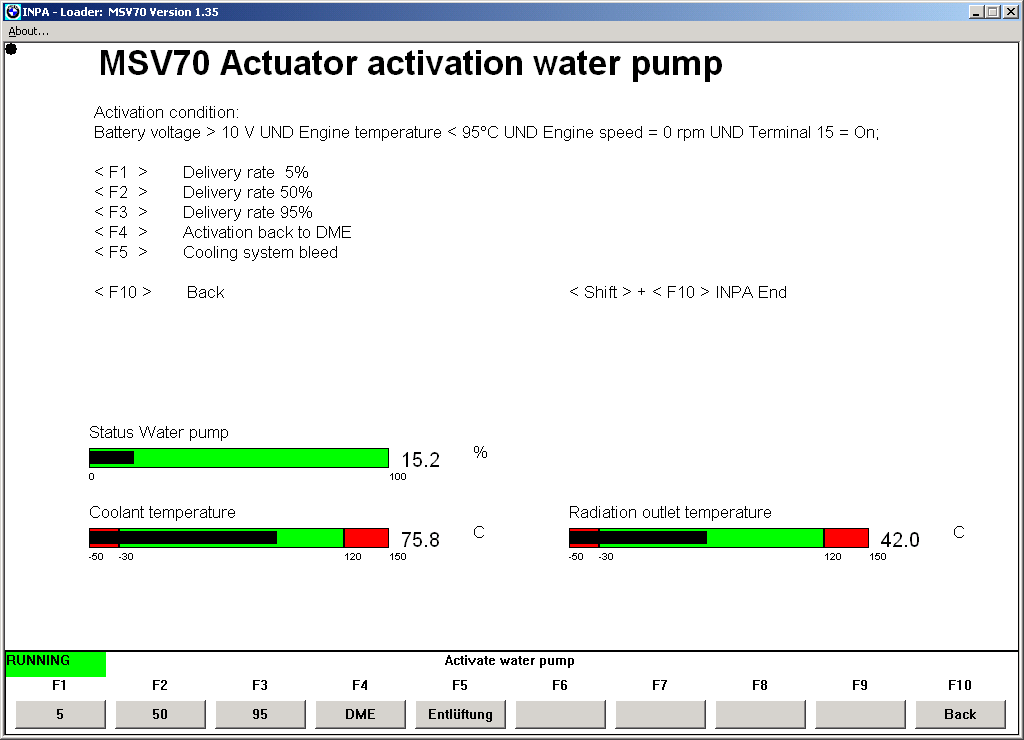
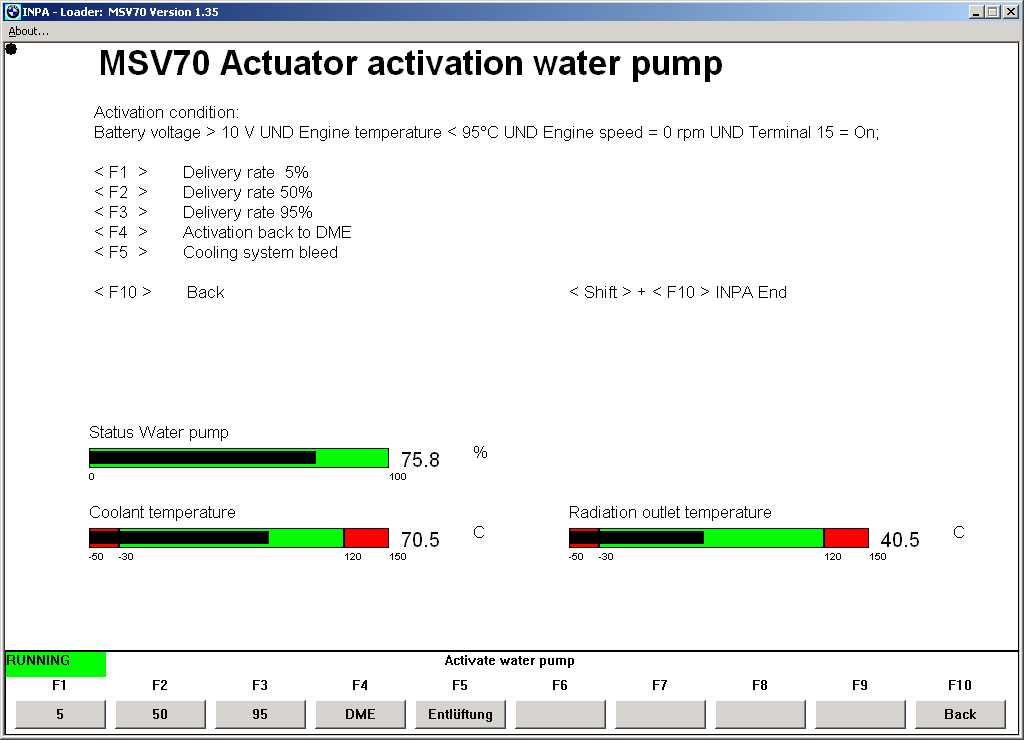
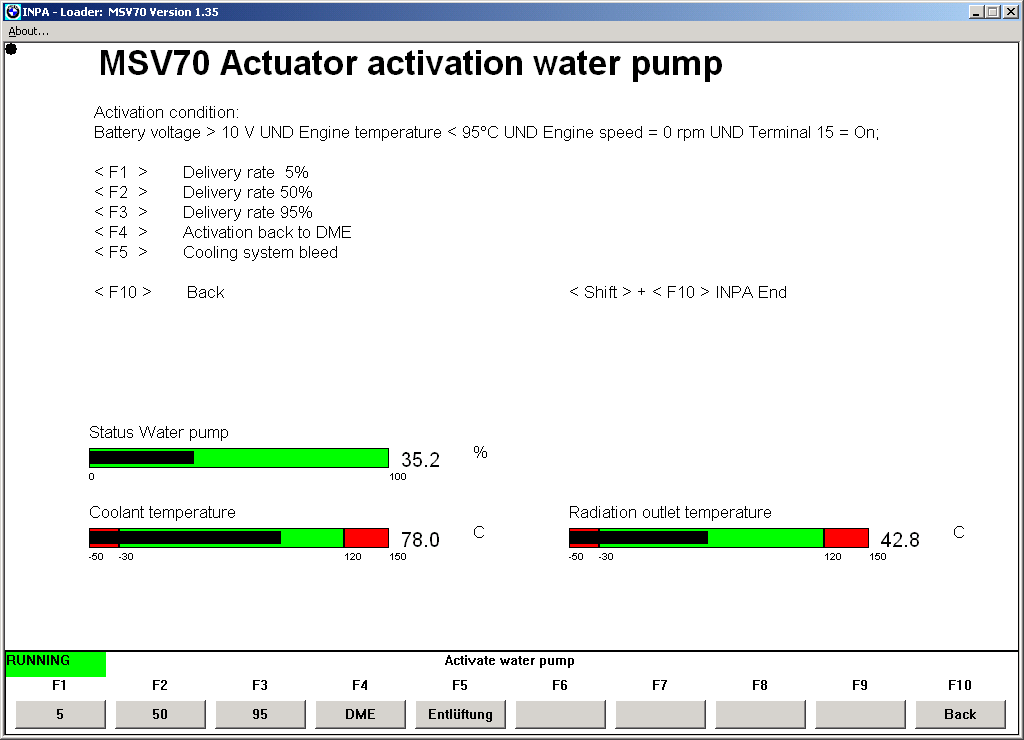
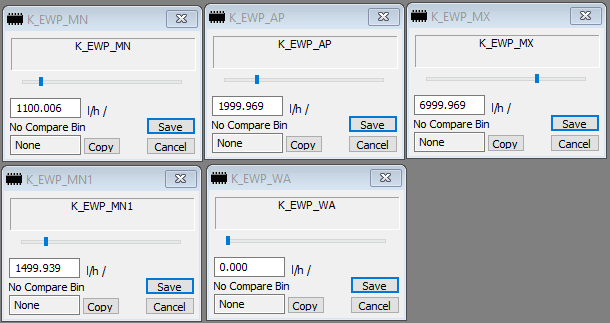
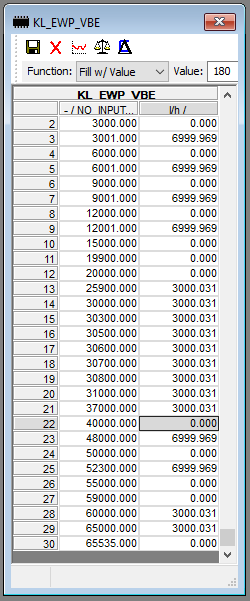
Comment